Researchers Develop Revolutionary Drone
A team from Delft University of Technology in The Netherlands has unveiled a groundbreaking drone that mimics animal brain function to fly autonomously using neuromorphic image processing. This innovative approach reportedly dramatically enhances data processing speed and energy efficiency compared to traditional GPUs.
Efficient Processing and Energy Savings
Neuromorphic AI allows the drone to process data up to 64 times faster while using three times less energy than conventional methods. This efficiency leap could enable drones to become as small and agile as insects or birds, revolutionizing their application in various fields.
Key Facts:
- Processing Speed: Neuromorphic AI processes data up to 64 times faster than GPUs.
- Energy Efficiency: The system consumes three times less energy than traditional methods.
- Real-World Applications: Potential uses include crop monitoring and warehouse management.
Mimicking Animal Brains: The Neuromorphic Advantage
Animal brains process information differently from current AI, using less data and energy. Neuromorphic processors, inspired by this natural efficiency, are ideal for small drones that can’t support large hardware and batteries. Neuromorphic processors enable spiking neural networks, which are simpler and more energy-efficient than standard deep neural networks.
Spiking Neural Networks
Spiking neural networks operate asynchronously and communicate through electrical pulses called spikes, minimizing energy use. This sparse processing allows for quick, efficient calculations.
As PhD candidate Jesse Hagenaars explains, “The calculations performed by spiking neural networks are much simpler than those in standard deep neural networks.”
Neuromorphic Sensors and Cameras
Neuromorphic cameras, which only send signals when pixels change brightness, enhance energy efficiency and quick motion perception. These cameras work well in both dark and bright environments, feeding directly into spiking neural networks on neuromorphic processors.
First Successful Neuromorphic Drone Flight
In a study published in Science Robotics, researchers demonstrated a drone using neuromorphic vision and control for autonomous flight. They deployed a spiking neural network on Intel’s Loihi neuromorphic research chip, allowing the drone to control its motion in all directions.
Overcoming Challenges
Training the spiking neural network posed significant challenges. Researchers developed a dual-module network: one for self-supervised visual motion perception and another for mapping motion to control commands via artificial evolution in simulation. This network performed well on the real drone, flying under varying light conditions.
Impressive Energy Efficiency
The network operates 10 to 64 times faster than on a GPU, consuming only 7 milliwatts compared to a GPU’s 2 watts.
Stein Stroobants, a PhD candidate, notes, “The neuromorphic approach results in AI that runs faster and more efficiently, allowing deployment on much smaller autonomous robots.”
Future Applications of Neuromorphic AI
Neuromorphic AI could significantly enhance all autonomous robots, especially tiny ones. Guido de Croon, Professor in bio-inspired drones, highlights the potential for small drones in applications like greenhouse crop monitoring and warehouse stock management. These drones are safe, cheap, and can navigate narrow spaces, making them ideal for swarming and rapid area coverage.
DroneXL’s Take
The development of neuromorphic drones is a pivotal step forward. By mimicking the efficient processing of animal brains, these drones could revolutionize industries from agriculture to logistics. The potential for tiny, intelligent drones opens new horizons for automation, promising safer, more efficient, and cost-effective solutions. As this technology advances, we can expect to see significant changes in how we approach tasks that require precision and agility.
Discover more from DroneXL.co
Subscribe to get the latest posts to your email.
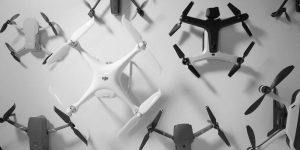


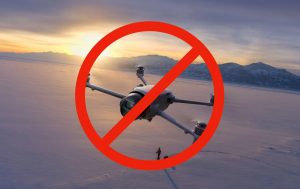
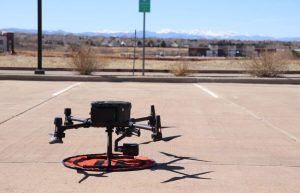

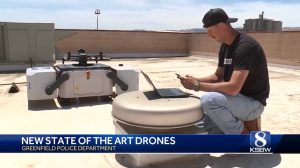


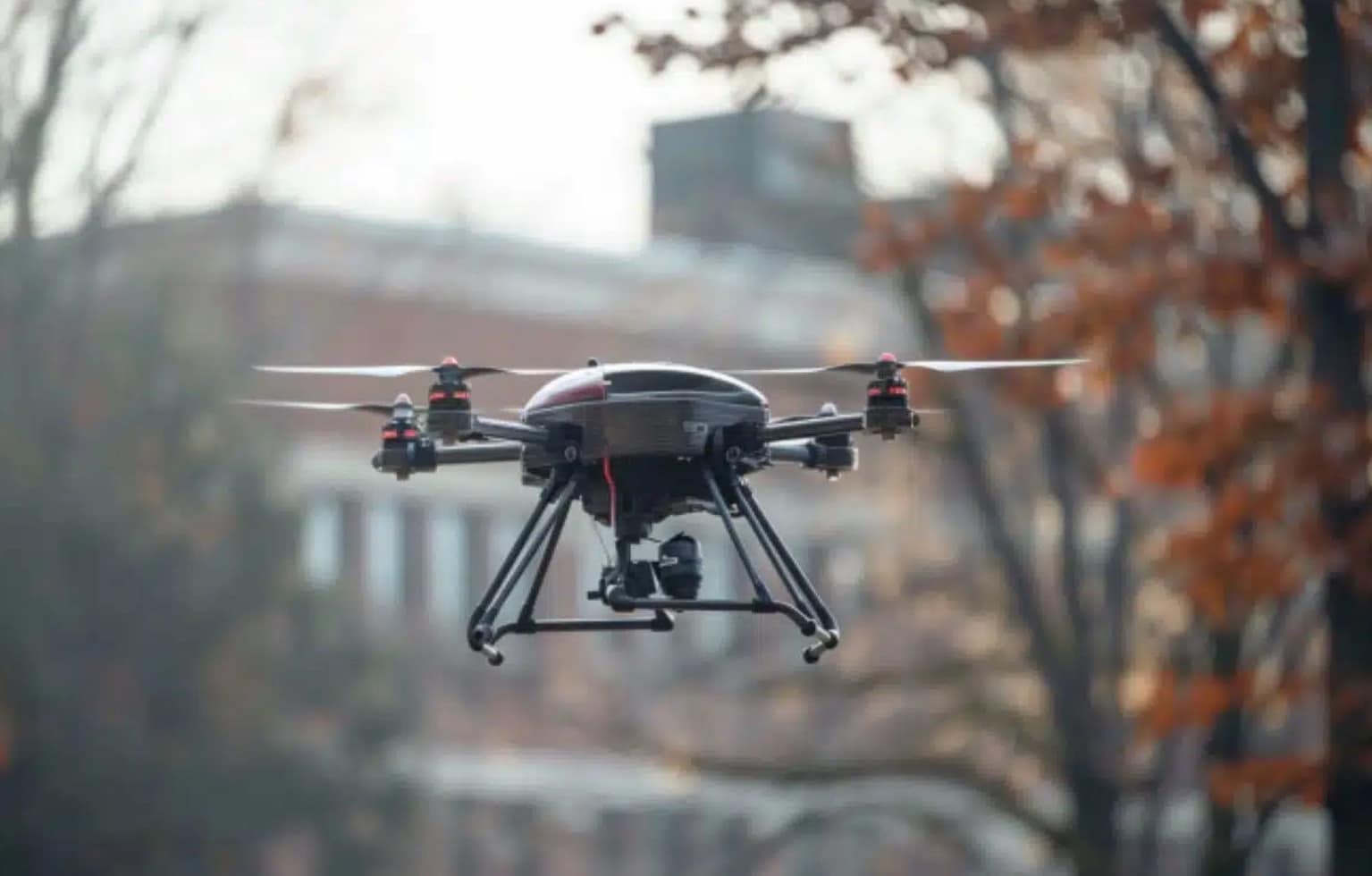
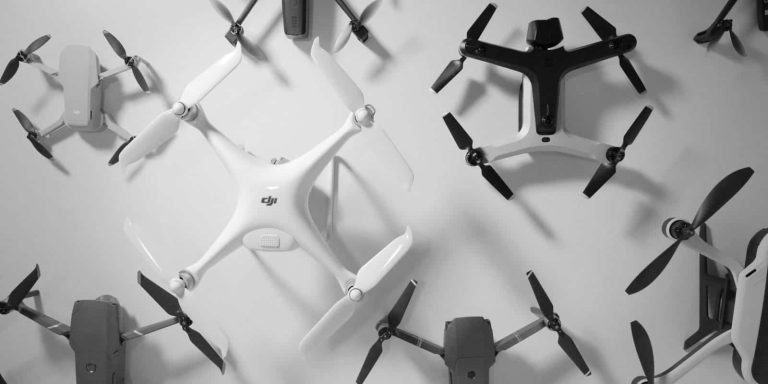


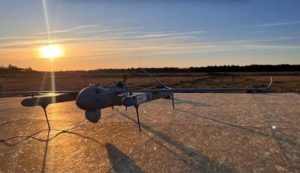
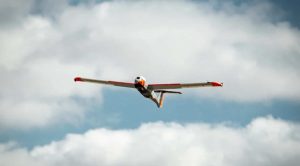
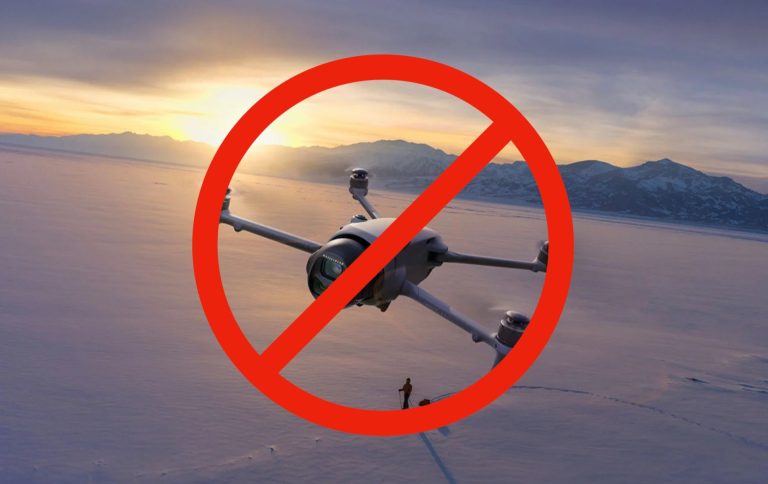
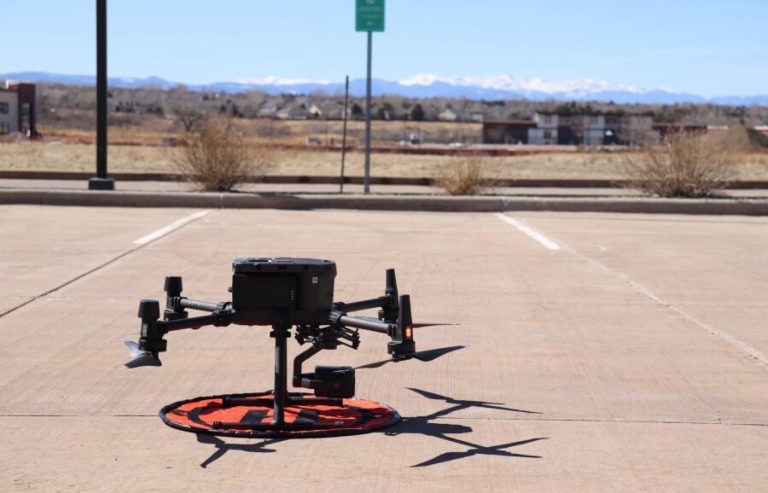
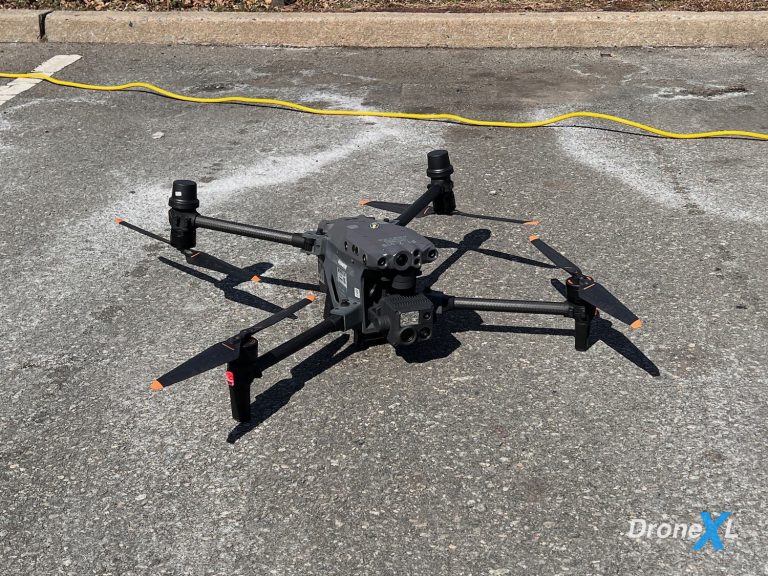

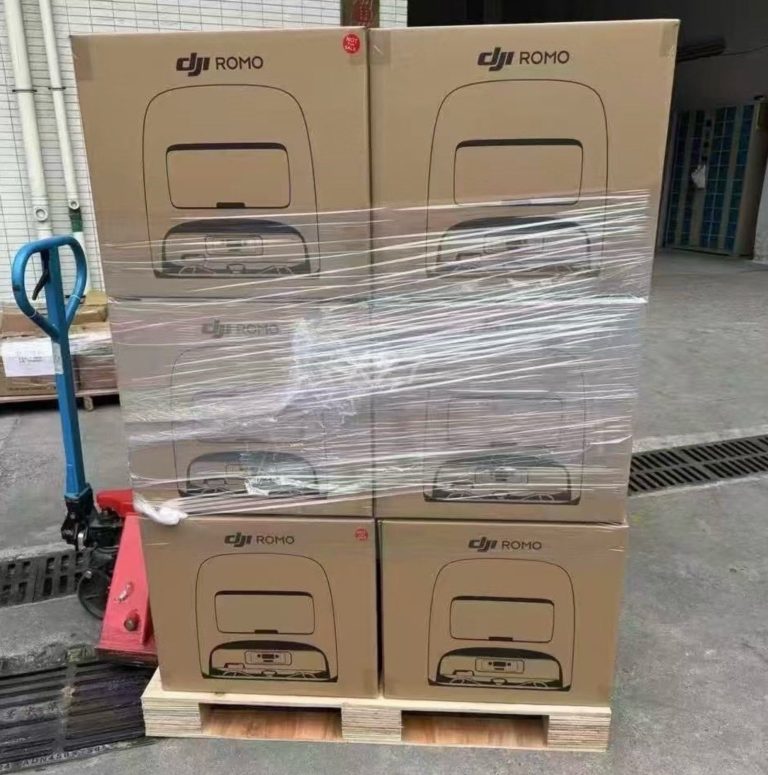
+ There are no comments
Add yours